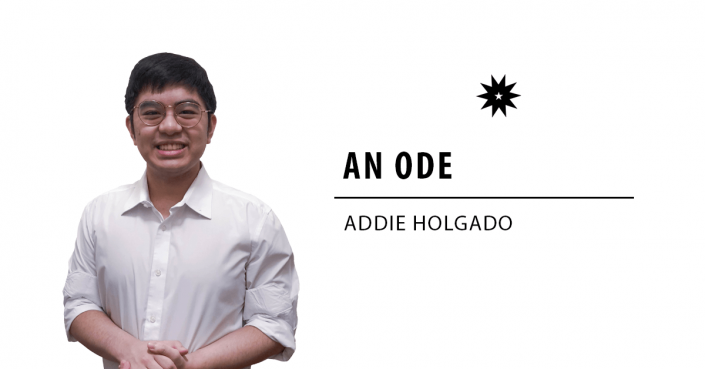
Editorial cartoons in the Philippines are slowly fading—and no one seems to be talking about it.
I got heavily worried after seeing reports that the Philippine Daily Inquirer and The Philippine Star (Philstar) stopped placing their editorial cartoons in their respective print op-ed pages earlier this year. Yet, I didn’t see many people express their concerns and support to cartoonists right after.
As a young artist who especially works for my University’s publication, I started to question if my work will still hold its purpose and if people will still care about the art in the future.
Growing up, editorial cartoons were one of many art mediums I was inspired by as they taught me the importance of the message and meaning in art. Without them, I wouldn’t have been able to express my opinions clearly and effectively; art always served as my medium for expression. Because it has such a strong influence on me, it’s quite saddening to think about how future generations might not be as impacted by it, and its influence might not transcend anymore.
For many, it might just seem like a minor adjustment as editorial cartoons may still get published online, but the situation runs deeper as many cartoonists are forced to leave their profession due to a lack of financial support and protection. Although they can choose to continue and make cartoons, to what extent can they push themselves to continue working while not forgetting about their safety and livelihood?
Unlike other countries, cartoonists who work in the Philippines are sometimes paid less than a thousand pesos for their published cartoons. This kind of salary for cartoonists is nothing short of belittling. Considering the time, thought, and craftsmanship spent for a cartoon to be clear and compelling, the job of cartoonists continues to be undermined as many still perceive cartooning as an easy task to accomplish.
Their situations get much tenser as cartoonists are also prone to getting red-tagged, harmed, and verbally harassed online. Yet, they aren’t given as much protection and support to ensure that they’re safe from any threats. Just this November, teacher and cartoonist Benhark Jaguk was shot dead in Sultan Kudarat. Even if there are still cartoonists today, we cannot stay unbothered until they are all taken away one by one.
Along with the passing of Philstar’s former Chief Cartoonist Rene Aranda earlier this year, only time will tell how many cartoonists will be left in the Philippines to serve as an inspiration for aspiring Filipino artists.
Cartoonists are also still affected by internal pressures as many people—even in publication workrooms—still don’t consider cartoonists as journalists. Thus, the role of a cartoonist is often devalued and overlooked.
There are still a lot of cartoonists who actively choose to create art. But considering the tense work environments they operate in, it is unsure if their profession will still thrive and be a sustainable one in the Philippines.
As much as I want my work to be influential and vocal in my role as a young artist, I still am shaken by the possibility that I might not be able to sustain myself if our role as artists continues to be undervalued.
Still, I am optimistic that editorial cartoons can recover and thrive with many determined artists and cartoonists like Jimbo Albano, Eugene Bacasmas, Cartoonist Zach, and Tarantadong Kalbo, who are still open to sharing their experiences and their craft. With artists who are starting to use their art as a platform for social commentary, the future of cartoons can still be in good hands.
But I can’t just stay hopeful knowing that the state of editorial cartooning is still in danger. It is time that we have to talk about cartooning—and the arts in general—as an essential profession that drives our society. We cannot continue perceiving it as some sort of gimmick pasted in the editorial.
Cartoons deserve a space in print and everywhere else. Without the platform, we wouldn’t be able to recall and document how people thought and fought back then. Editorial cartoons will always serve as an illustration that shapes people’s thinking. We cannot stay mindless anymore, as we are in an era where disinformation and trolls thrive.
I’m not willing to wait before any major occurrence intensifies cartoonists’ situations in the country. I write this to spark a piece of mind for those unaware because I don’t want to see a future begone because of such negligence and disapproval. Editorial cartoons are more worthy than just being left out—slowly going without a trace.
